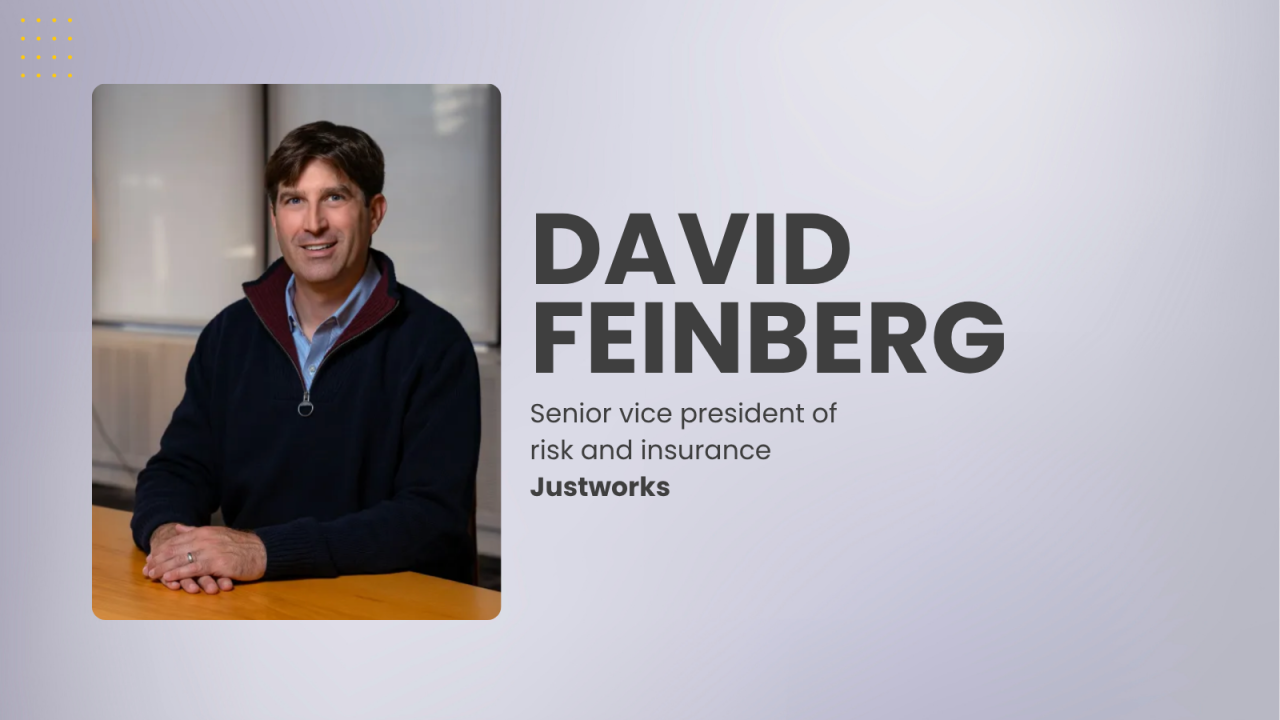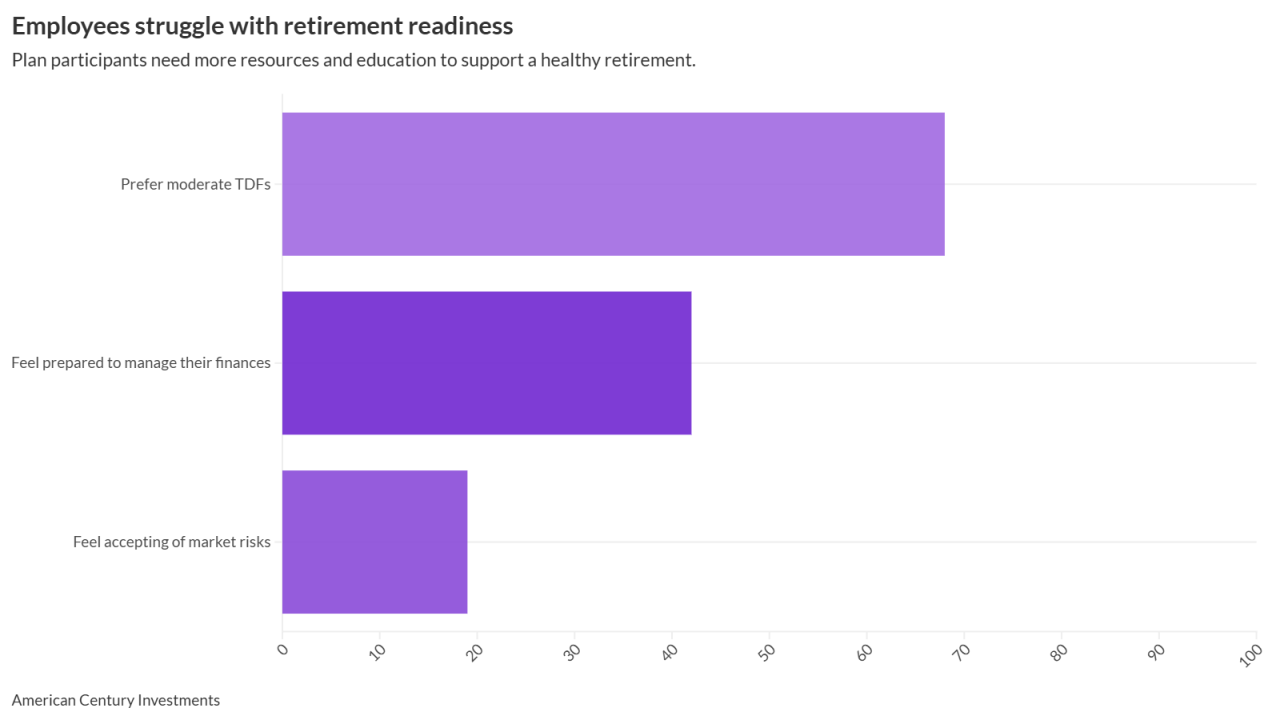Progressive employers have revolutionized support for employees building and raising families.
Elder caregiving is having a cultural moment. High-profile figures are bringing
Caregiving exists on a spectrum and most employers have only addressed half of it. An invisible caregiving crisis is afoot. While companies invest heavily in supporting employees through early parenthood,
Read more:
Eldercare's complexity gap
When employers do address eldercare, the solutions typically fall into two categories: backup care services and employee assistance program (EAP)-style referrals. While these resources provide value, they often underestimate the complexity of eldercare decision-making.
Backup care, designed for short-term eldercare emergencies, doesn't address the sustained, evolving nature of elder caregiving. Meanwhile, traditional EAP referrals, while helpful for immediate crisis support, rarely provide the structured guidance needed for complex decisions like transitioning a parent to assisted living, navigating memory care options or coordinating care among multiple family members across different geographic locations.
Unlike calling a babysitter, eldercare decisions often involve life-altering choices about housing, medical care, legal arrangements and family coordination that can take months to research and implement.
The economic impact of unsupported elder caregiving is substantial. Research shows that caregiving responsibilities cost U.S. employers about
Hidden costs include increased absenteeism (caregivers are
Most critically, elder caregiving disproportionately affects senior-level employees, those with the highest value to organizations and the most institutional knowledge.
Read more:
Forward-thinking employers recognize that true family support requires addressing caregiving needs at every life stage. Just as organizations have developed sophisticated approaches to supporting new parents, similar strategic thinking can address elder caregiving challenges. The following steps can steer employers in the right direction:
- Enhanced flexibility beyond remote work
Elder caregiving crises are unpredictable and often require same-day responses. Consider "emergency flexibility" policies: fast-tracked remote work approval for caregiving crises and flexible core hours during intensive care periods. - Structured decision-making support
The most time-intensive aspect isn't finding resources, it's organizing complex information across multiple family members, healthcare and care providers. Beyond traditional EAP referrals, employers flex their wellness offerings by providing access to technology platforms that centralize family communication, care research and healthcare navigation. - Eldercare-specific mental health resources
Caregiving grief, decision fatigue and role reversal stress require specialized support. Consider caregiving employee resource groups or support groups specifically for working caregivers, grief counseling for progressive conditions like dementia and workshops on managing family dynamics during care decisions. - Proactive education and planning
Unlike childcare, most employees become eldercare novices overnight. Offer Eldercare 101 workshops covering legal, financial and care planning basics, lunch-and-learns on topics like Medicare navigation and early planning resources before crises hit.
Read more:
As the population ages, elder caregiving responsibilities will only increase. In less than 5 years,
Companies that proactively address eldercare support will have significant advantages in recruiting and retaining top talent. Just as fertility and parental benefits became differentiators in the 2010s, eldercare support represents the next frontier in family-friendly benefits.
The employers that get ahead of this trend and recognize that caregiving support must span the entire spectrum of family life will build more resilient, loyal and productive workforces.






